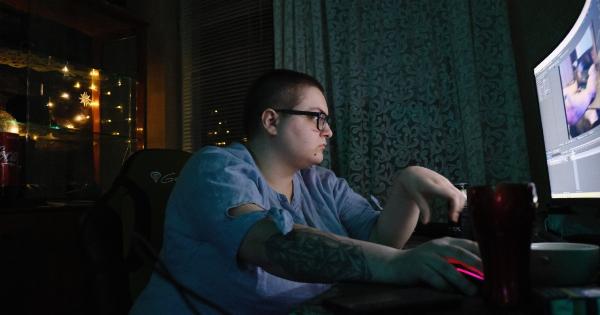Living with Parkinson’s disease can be a challenging and life-altering experience. For the past 10 years, I have been on a journey filled with tremors, setbacks, and triumphs.
In this article, I will share my personal story of living with Parkinson’s and my experience with various invasive therapies that have helped me regain control of my life.
The Diagnosis
It all started more than a decade ago when I noticed a slight tremor in my right hand.
Little did I know that this seemingly harmless twitch would turn out to be the early signs of Parkinson’s disease, a neurodegenerative disorder that affects movement and coordination.
Acceptance and Resilience
Coming to terms with a chronic illness like Parkinson’s is not easy. Initially, I was filled with denial and anger, questioning why this had to happen to me. However, with time, I learned to accept my condition and developed a sense of resilience.
I realized that I had a choice – to let Parkinson’s define me or to use it as a catalyst for personal growth.
Exploring Medications
Upon diagnosis, my neurologist prescribed a combination of medications to help manage the symptoms of Parkinson’s. This included dopamine agonists, which mimic the effects of dopamine, a neurotransmitter involved in movement.
While these medications provided some relief, they were not a long-term solution.
The Rise of Deep Brain Stimulation
As my symptoms progressed and the medications became less effective, my neurologist suggested considering deep brain stimulation (DBS), an invasive therapy that involves surgically implanting electrodes in specific regions of the brain.
These electrodes are then connected to a neurostimulator device that delivers electrical impulses, helping to alleviate symptoms.
DBS Surgery and Recovery
After careful consideration, I decided to undergo DBS surgery. The procedure itself was daunting, but I knew it offered a chance at a better quality of life.
The surgery involved implanting the electrodes and placing the neurostimulator device in my chest. The recovery period was challenging, but with the support of my loved ones and healthcare team, I navigated through it.
The Transformation
The impact of DBS on my life was nothing short of remarkable. The tremors that once plagued me became significantly reduced, allowing me to regain control over my movements.
Daily tasks such as writing, eating, and walking became easier, restoring a sense of independence that Parkinson’s had taken away.
Managing Expectations
While DBS brought about a significant improvement in my quality of life, it is important to note that it is not a cure for Parkinson’s.
The therapy helps manage symptoms such as tremors and rigidity, but it does not halt the progression of the disease. It is crucial to have realistic expectations and continue with other forms of therapy and medication to maintain overall well-being.
Combining Therapy Approaches
In addition to DBS and medication, I have found immense benefit in incorporating other therapies into my Parkinson’s management plan. Physical therapy helps me improve strength, coordination, and balance.
Occupational therapy assists in finding adaptive techniques for daily activities, while speech therapy helps combat communication challenges often associated with Parkinson’s.
Embracing Lifestyle Changes
Over the years, I have realized the significance of lifestyle changes in managing Parkinson’s. Regular exercise, a balanced diet, and stress reduction techniques such as meditation and yoga have become integral parts of my routine.
These lifestyle modifications have not only improved my physical well-being but also have a positive impact on my mental health.
The Power of Support Networks
Living with Parkinson’s can feel isolating at times, but I have found solace and strength in support networks.
Joining local Parkinson’s support groups has allowed me to connect with others who understand my journey, providing a sense of empathy and camaraderie. Sharing experiences, tips, and coping strategies has been invaluable in navigating the challenges of living with Parkinson’s.
Looking Ahead
As I reflect on my 10-year journey with Parkinson’s and invasive therapies, I am filled with gratitude for the progress made in managing this complex disease.
While there is still much to learn and discover, I am hopeful for continued advancements in research and treatment options.
Conclusion
Living with Parkinson’s is a daily battle, but it does not define me.
Through invasive therapies such as deep brain stimulation, combined with medication, lifestyle modifications, and a strong support network, I have triumphed over the tremors and setbacks. Parkinson’s has transformed me into a resilient individual, embracing life’s challenges with determination and grace.




























